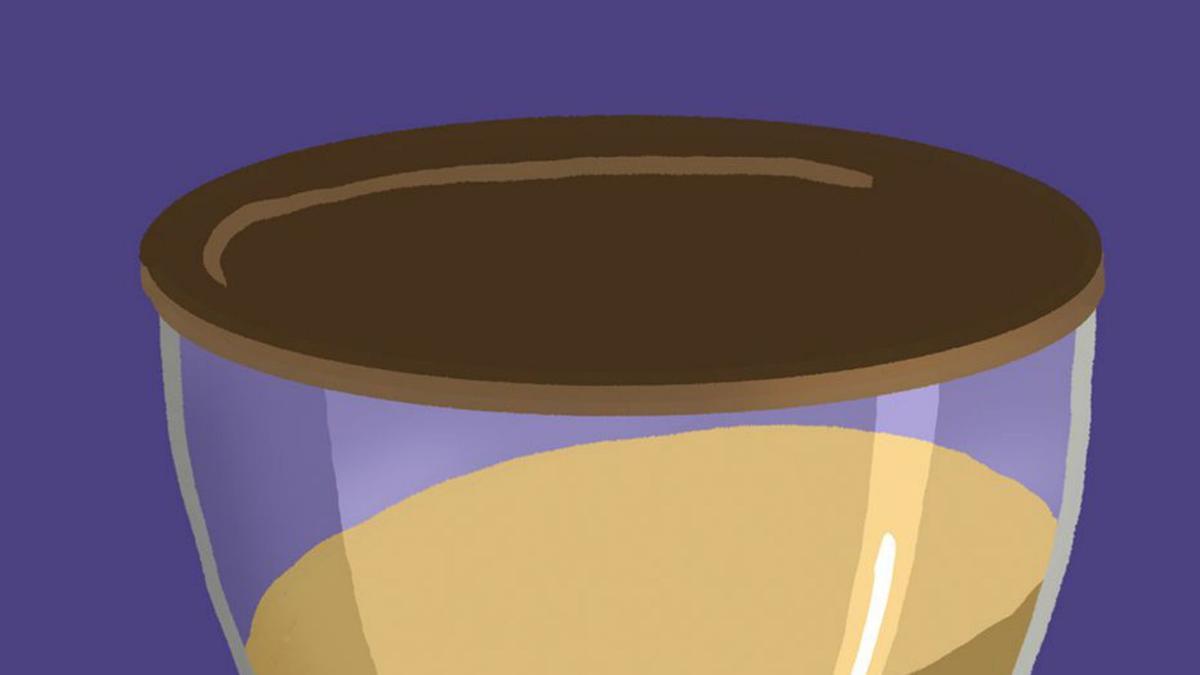I have a funny ceramic clock on the wall at home, with a cat curled up quietly between the three and nine o'clock markers. The minute hands, which should turn and disturb him periodically as he passes through the period of time in which he is drawing, do not do so: he sleeps happily because something is wrong with the mechanism, and though he has new batteries, the clock is silent, still. When I look at it I think of the “here and now” that invites us to do nothing, because next to this wall in the dining room, time does not pass and if it does pass you can create a unique bubble where everything is fine, controlled, there is no rush or anxiety. Or pain. This ceramic clock is the arch enemy of the apocalypse clock, the one that's being talked about so much these days because the scientists guarding its symbolic equipment, which relies on probability formulas and calculations, wondering how much is left for the apocalypse, tweaked it and told us we're officially 90 seconds away. From the End of Humanity: A combination of open warfare, nuclear and pandemic risks, global warming and other climate crises has pushed us into the abyss of our history. How can you not be concerned?
Anxiety and depression are so prevalent in our culture as if they have this ticking clock ingrained in the soul, from an early age: the dire mental health of teens has departments and families on alert. The Covid pandemic and changes in habits, isolation have greatly affected mood, but if the pain persists it is due to a combination of factors: We arrived at the pandemic already damaged, with a crisis of confidence and very great frustration. The latest surveys on the mental health of Catalan youth have published optimistic figures, because at least a decrease in suicide attempts among minors has been revealed, which is what specialists would like to see a trend in. Between January and June last year, 6.29% fewer alerts were activated than in the previous year for Catalonia's Suicide Risk Law, that is, processes that are deployed when a case is detected based on a request for help from a minor or his environment.
But we are still talking about 730 children and teenagers living in extreme distress, the closest thing to intense pain that makes one want to leave a world they have barely experienced. Pain is largely combated with medications: the other side of the problem is that we treat pain with psychiatric medications to such an extent that recently there has been a 25% increase among minors seeking greater mental health care, yes, but also because of the long waiting list for specialist doctors who They stop taking anxiolytics when there are no hours left in their schedule to begin slower but effective, long-term treatments.
Mental discomfort is combated with medications as are physical illnesses of varying degrees, even the most aggressive or chronic cancers that raise the pain threshold to levels no one should feel, hence the boom in opioid consumption, the fentanyl crisis, the psychedelic generation, the result of the fiercest law of supply. And the request. “Pain is pain” is the big lie that has driven the lighting and lighting industry.
From psychological pain to physical pain, there is a distance that can be shortened so greatly that it is almost non-existent, and the ticking clocks urge us to go further, faster, better, when it would be better for us on so many things. Occasions to put on the brakes, stop life, and experience second after second as if there was nothing else behind it. The end of the world may be 90 seconds away, but we don't need to dwell on it.

“Freelance social media evangelist. Organizer. Certified student. Music maven.”



